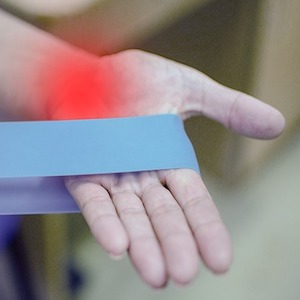The data project: a shared approach between stakeholders of the healthcare system in definition of a therapeutic algorithm for inflammatory arthritis

All claims expressed in this article are solely those of the authors and do not necessarily represent those of their affiliated organizations, or those of the publisher, the editors and the reviewers. Any product that may be evaluated in this article or claim that may be made by its manufacturer is not guaranteed or endorsed by the publisher.
Accepted: 5 December 2022
Authors
Rheumatic musculoskeletal diseases or RMD [rheumatoid arthritis (RA) and spondyloarthritis (SpA)] are systemic inflammatory diseases for which there are no biomarkers capable of predicting treatments with a higher likelihood of response in naive patients. In addition, the expiration of the anti-TNF blocking drugs’ patents has resulted in the availability of anti-TNF biosimilar drugs with the same efficacy and safety than originators but at significantly reduced prices. To guarantee a personalized therapeutic approach to RMD treatment, a board of rheumatologists and stakeholders from the Campania region, Italy, developed a clinically applicable arthritis therapeutic algorithm to guide rheumatologists (DATA project). The general methodology relied on a Delphi technique forecast to produce a set of statements that summarized the experts’ consensus. Selected clinical scenarios were discussed in light of the available evidence, and there were two rounds of voting on the therapeutic approaches. Separate discussions were held regarding rheumatoid arthritis, psoriatic arthritis, and ankylosing spondylitis. The decision-making factors for each disease were clinical presentation, demographics, and comorbidities. In this paper, we describe a virtuous process between rheumatologists and healthcare system stakeholders that resulted in the development of a shared therapeutic algorithm for RMD patients naive to bDMARDs.
How to Cite

This work is licensed under a Creative Commons Attribution-NonCommercial 4.0 International License.











